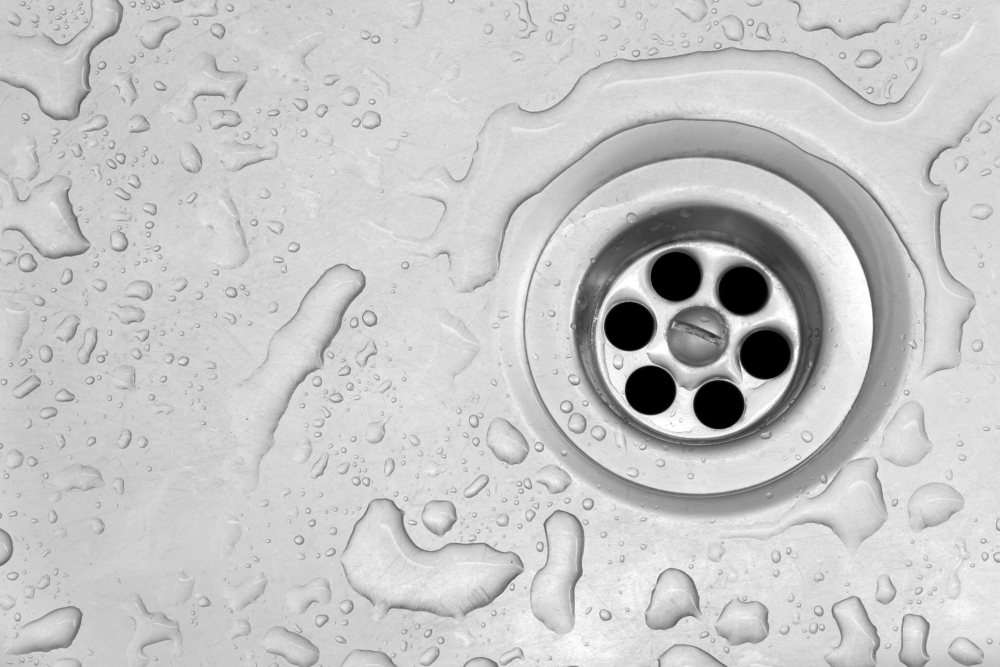If you’ve ever had a plumbing fixture overflow, you know that the results can be disastrous. From causing damage to your home to merely being a mess to clean up, overflows are no fun to deal with. However, there are some devices available to prevent an overflow from happening in the first place. In your shower, this includes a special drain called the “overflow drain.” Overflow drains are used in manufacturing facilities, warehouses, and other places where it is important to monitor the level of liquids. In your home, the overflow drain is inserted to prevent water from spilling out if the faucet is left on or if the water level in the tub is too full before you get in.
Overflow Drain Anatomy
The answer to the question of “how does a bathtub overflow drain work?” ultimately requires knowing a bit of information about how the drain is put together. The overflow drain contains two basic parts, which are an overflow drain and the overflow trap. The main drain is usually located at the bottom of your bathtub. The overflow component is located several inches under the rim. The two drains connect to various tubes that run from the bathtub and ultimately merge into one central pipe. The main drain often has a plug stopper or some other mechanical device to regulate the flow of water, but an overflow drain does not.
Preventing an Overflow
When it comes to an overflow, any plumber in Henderson will tell you; prevention is the best medicine. Keeping that in mind, the overflow drain is designed to prevent an overflow before it happens. Unlike many other drains, the overflow does not have a mechanism that stops the flow of water. This means that it continuously drains water that reaches its level. The overflow drain can work effectively if the pipes are not clogged and if the water level stays several inches beneath the rim of the bathtub. Ultimately, this keeps water from pouring onto the floor.
Types of Overflow Drains
There are two primary types of overflow drains that you can use. The first is a traditional overflow, and the second is an integral overflow. With a conventional overflow, a hole is cut into the side of the bathtub. This allows water that has collected inside and on the outer walls to drain. The second is an integral overflow. In this case, an opening is created inside the tub to let the excess water drain. This drain is built into the bathtub’s inner walls, which makes it less noticeable.
Preventing an overflow in your bathroom is vital if you want to avoid damage and the need for an extensive clean-up effort. Fortunately, an overflow drain makes that simple. If you need an overflow drain installed on your bathtub, contact Service Plus Plumbing, the best plumber in Henderson, for expert advice and assistance.






